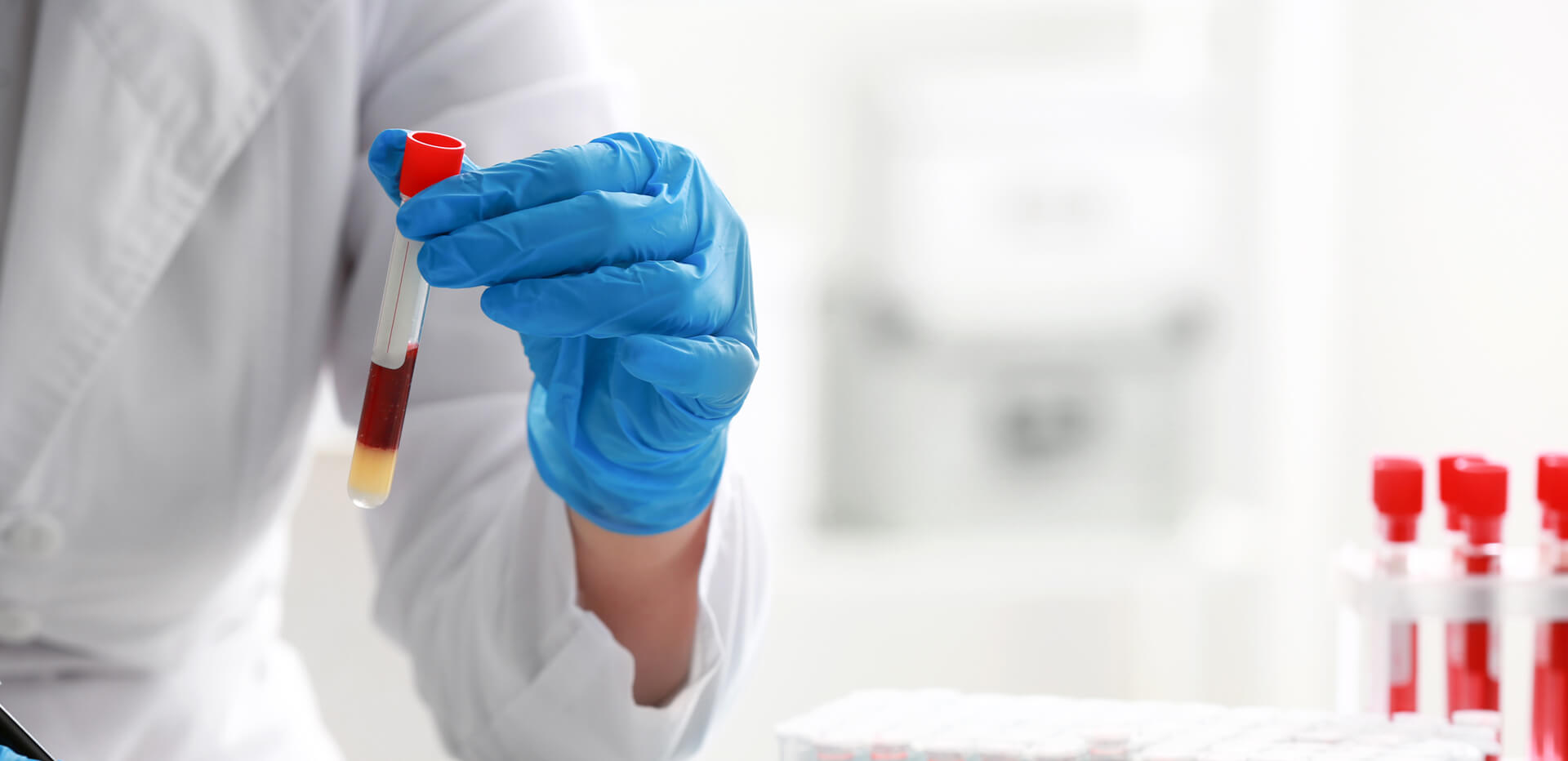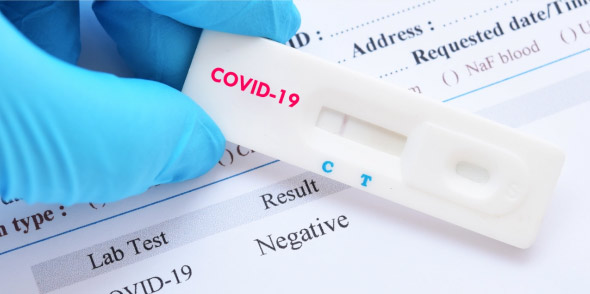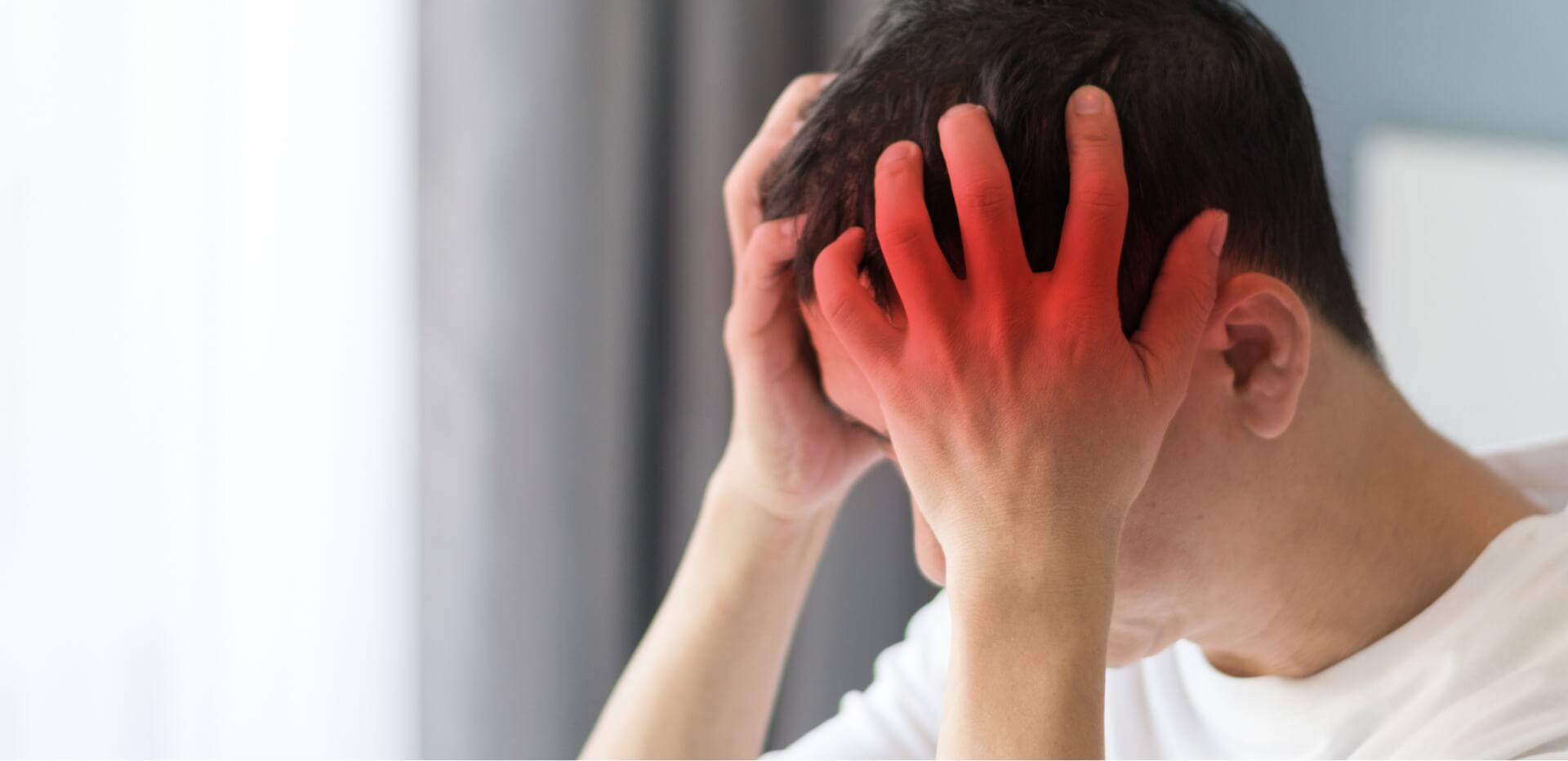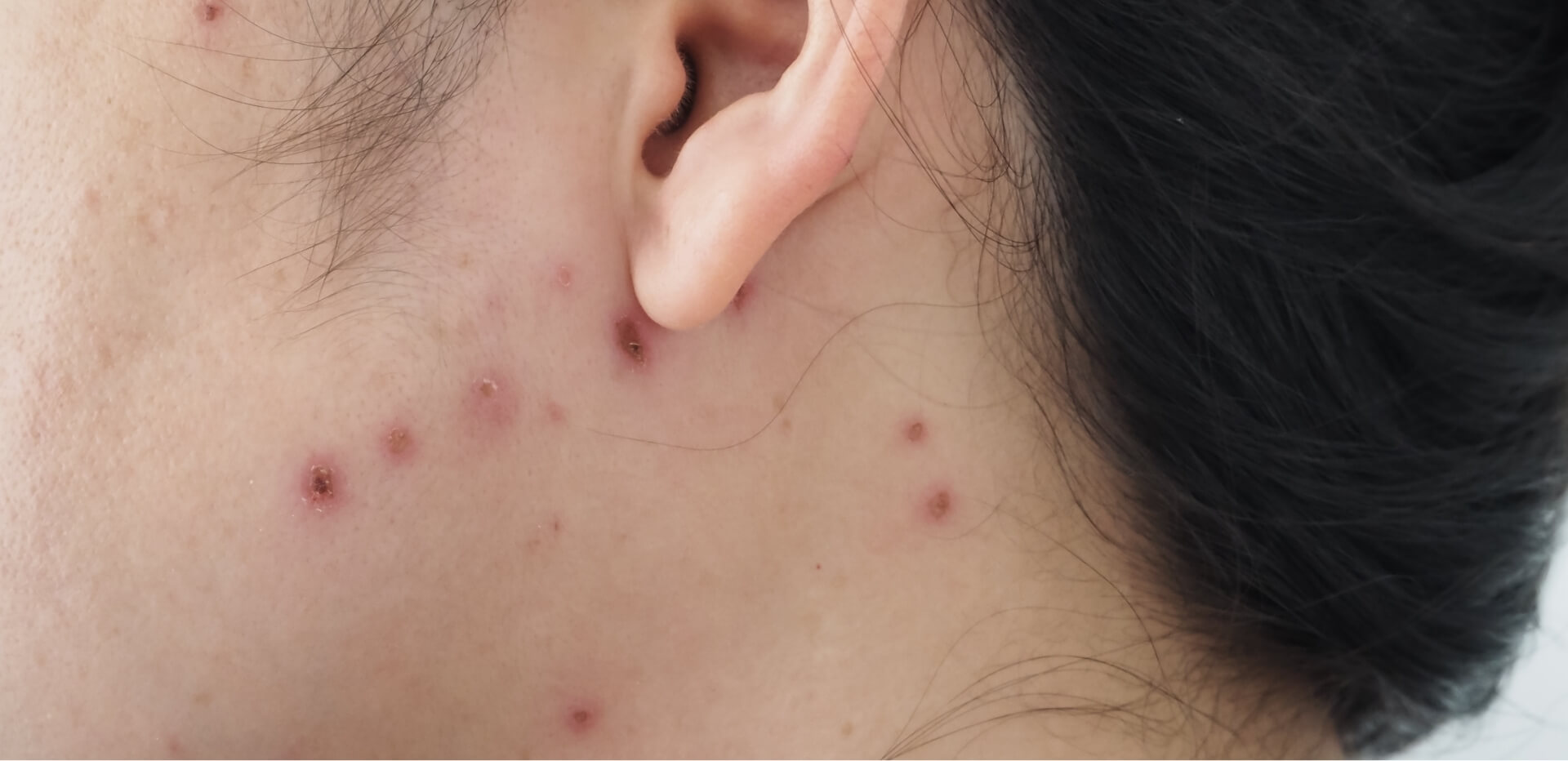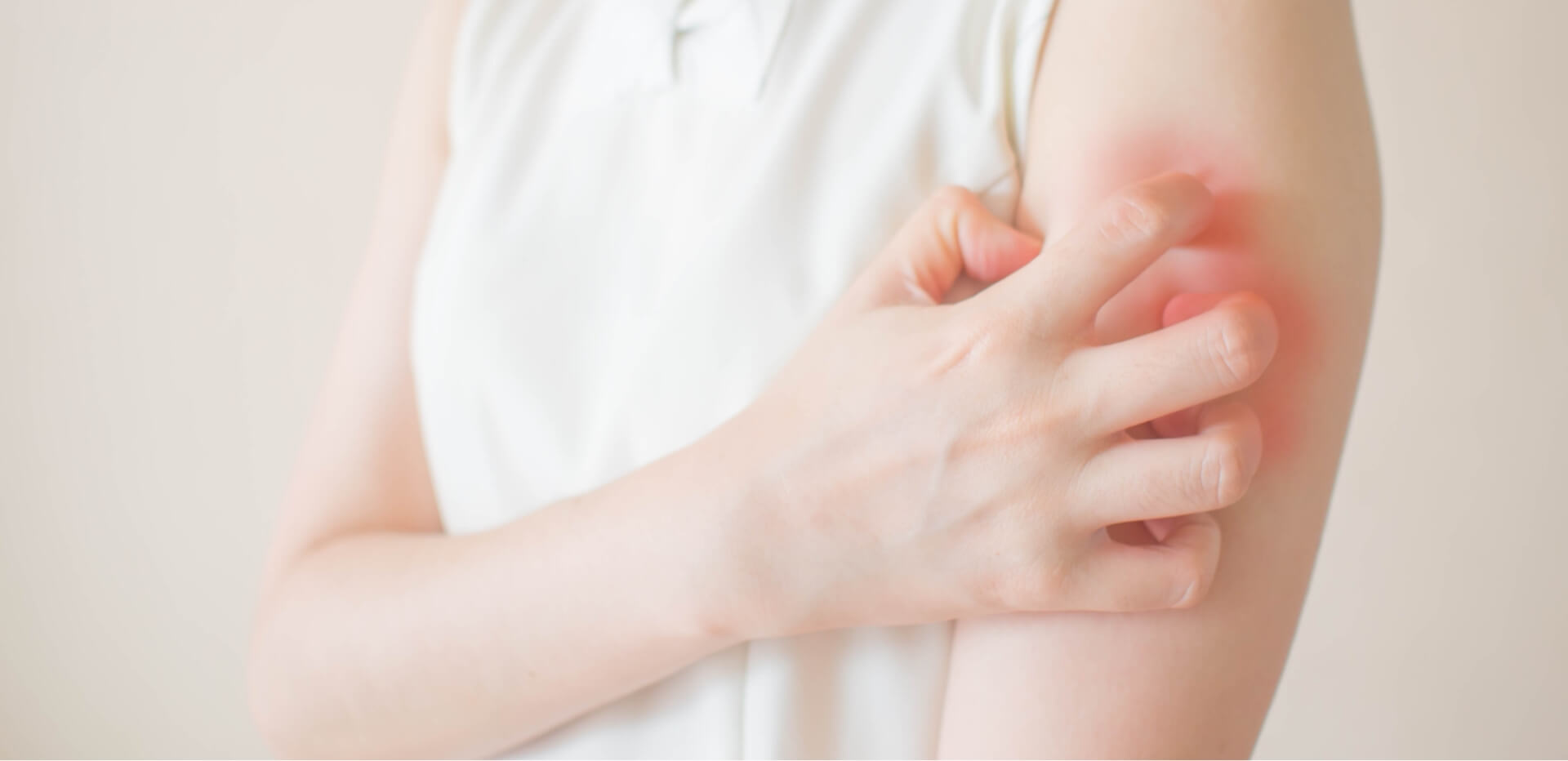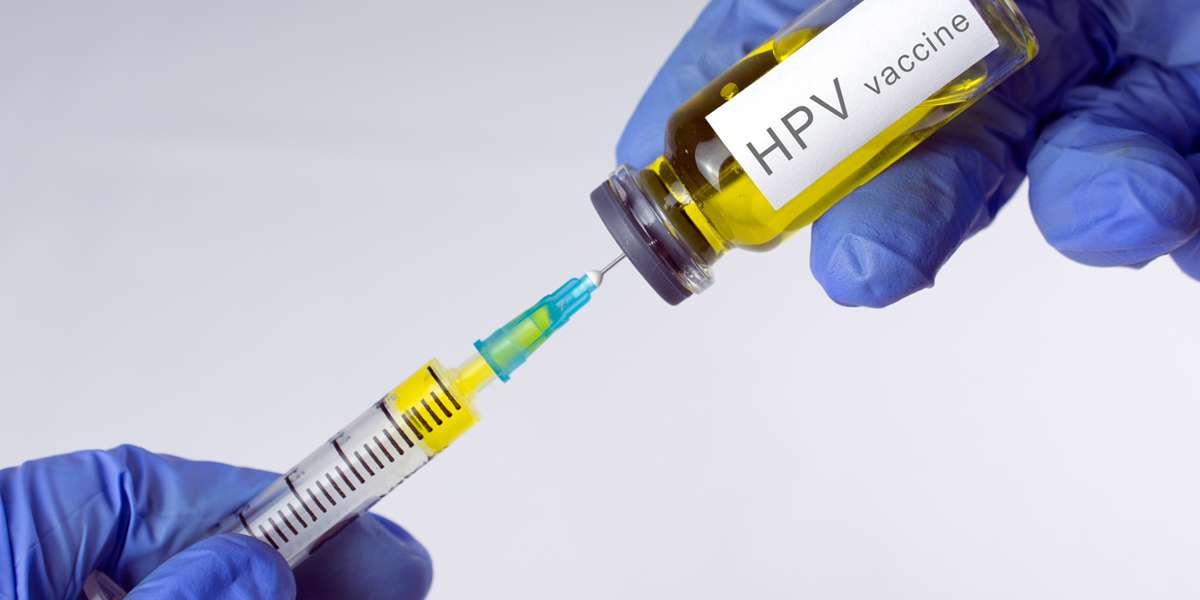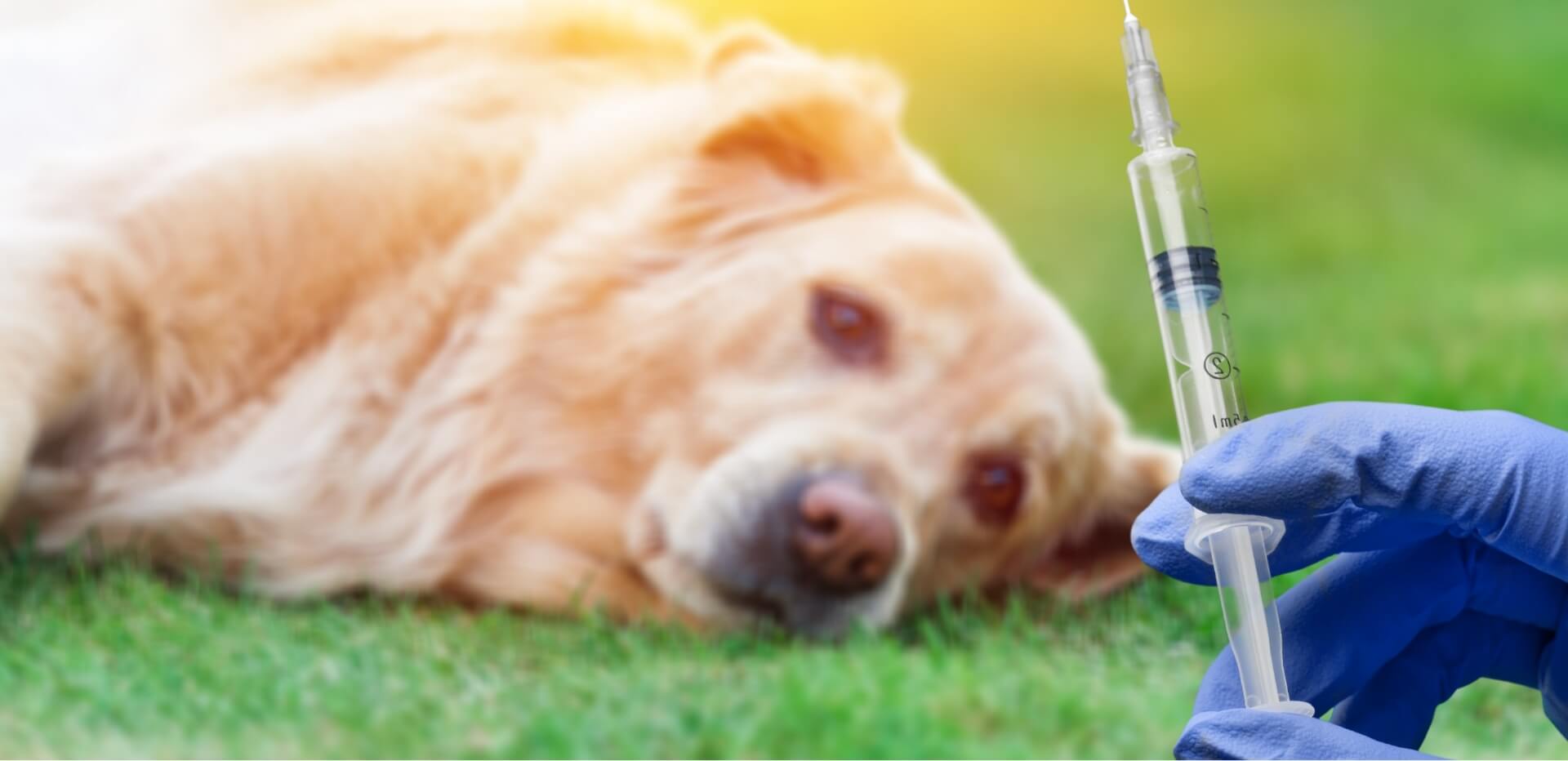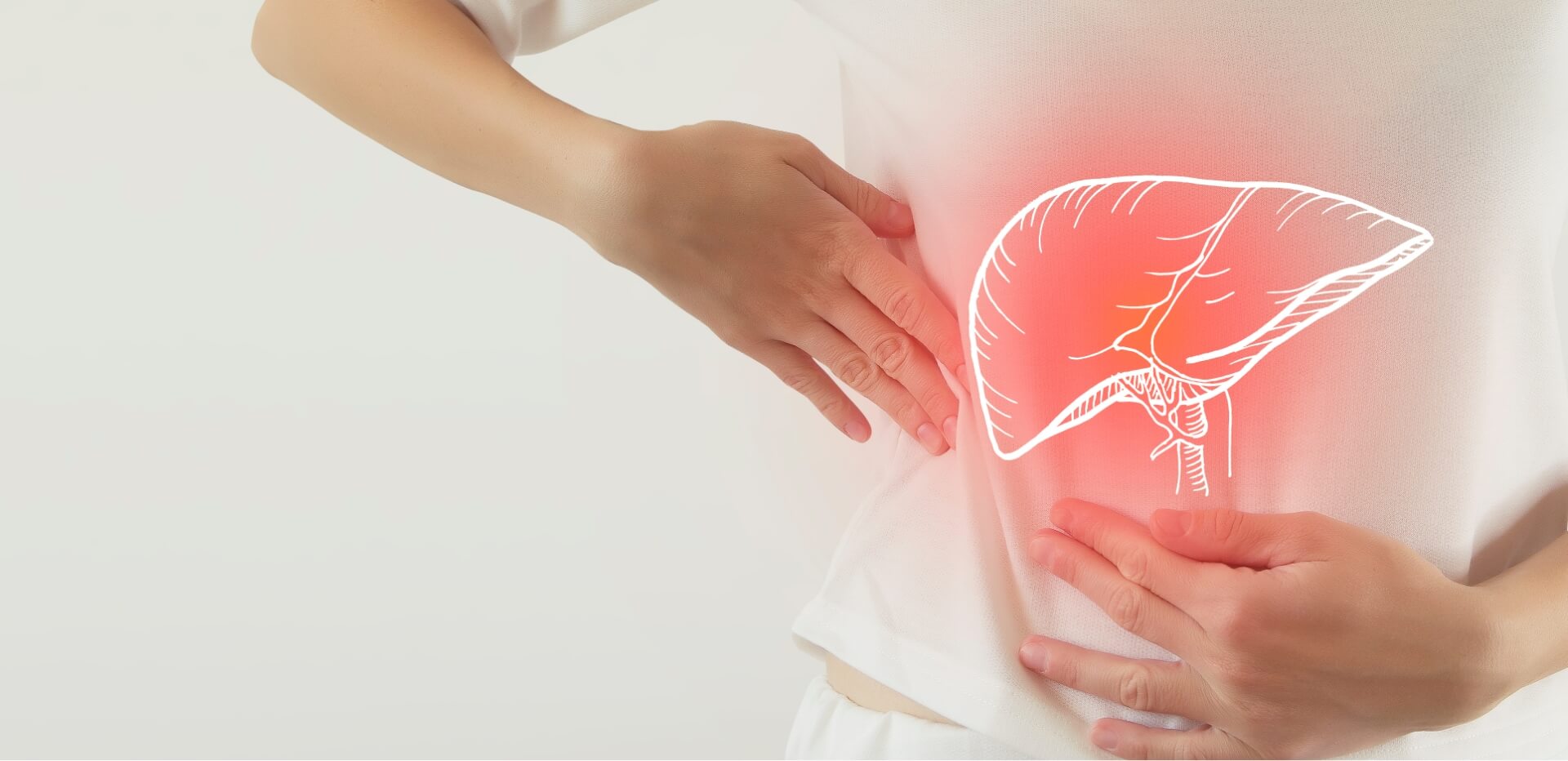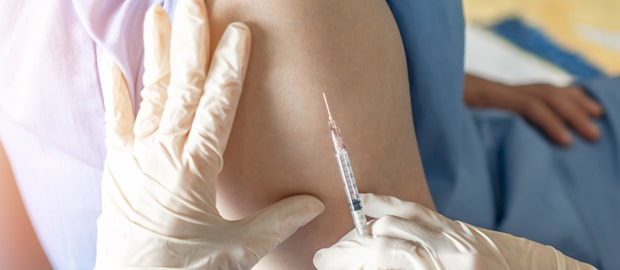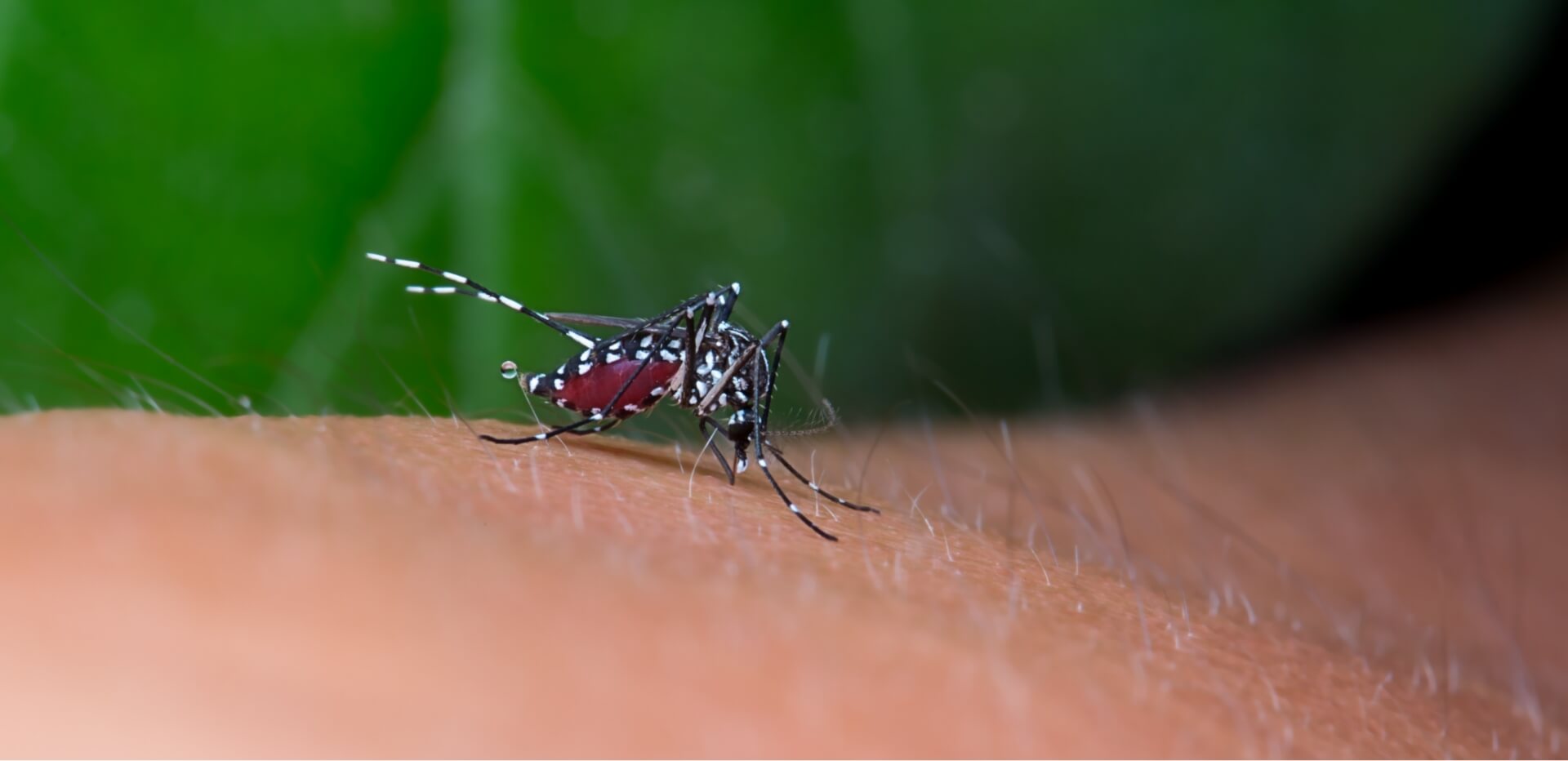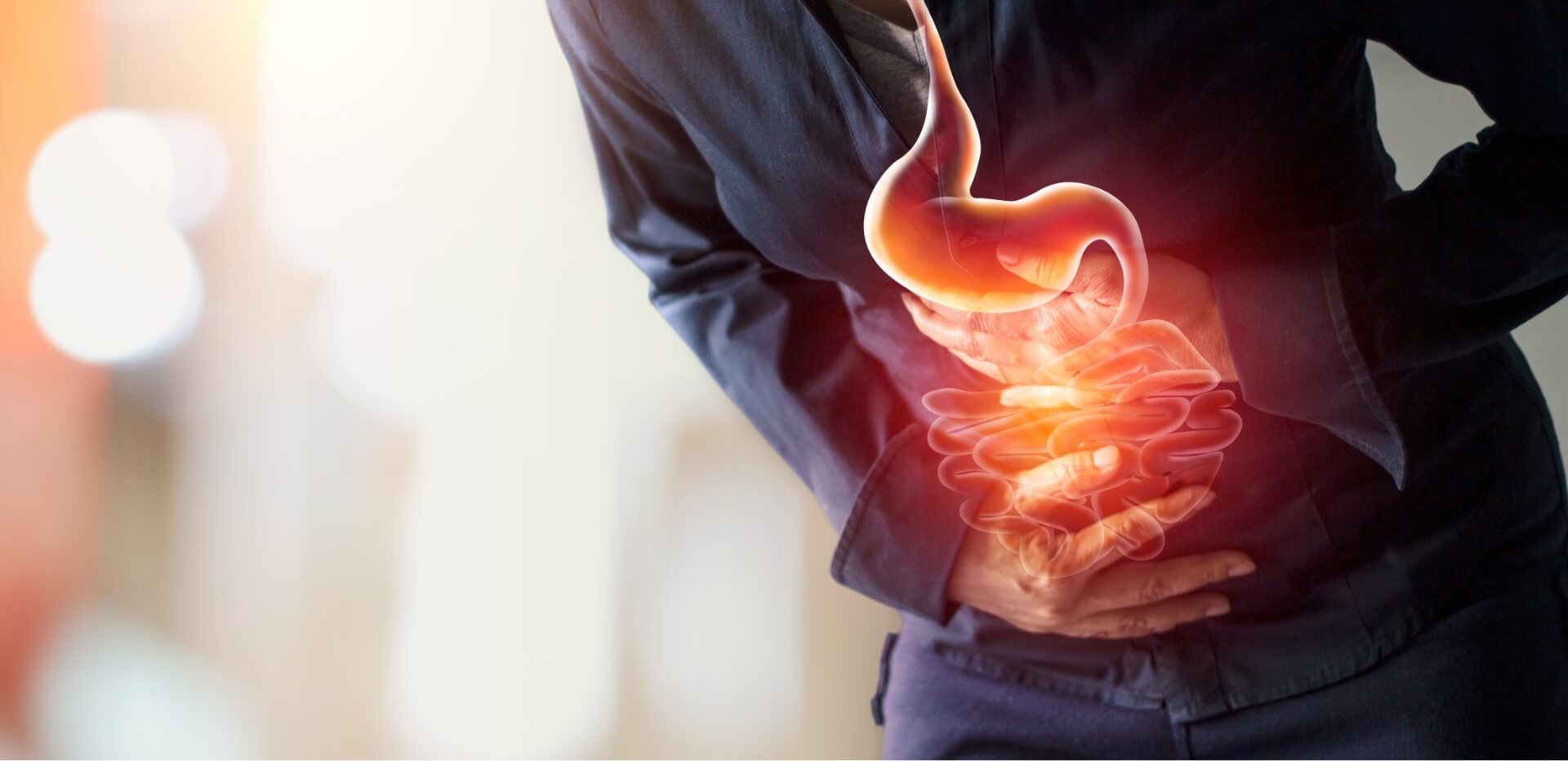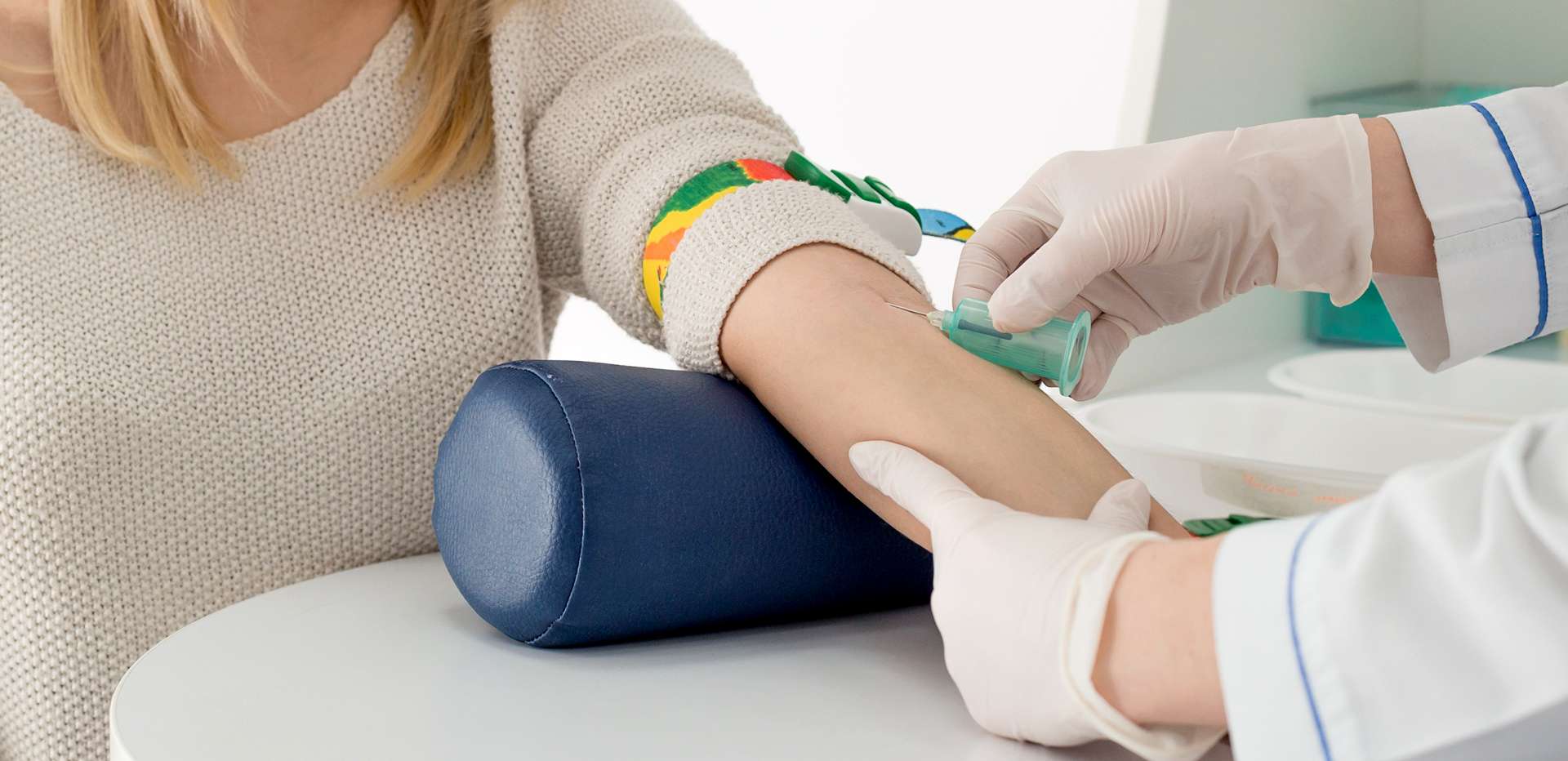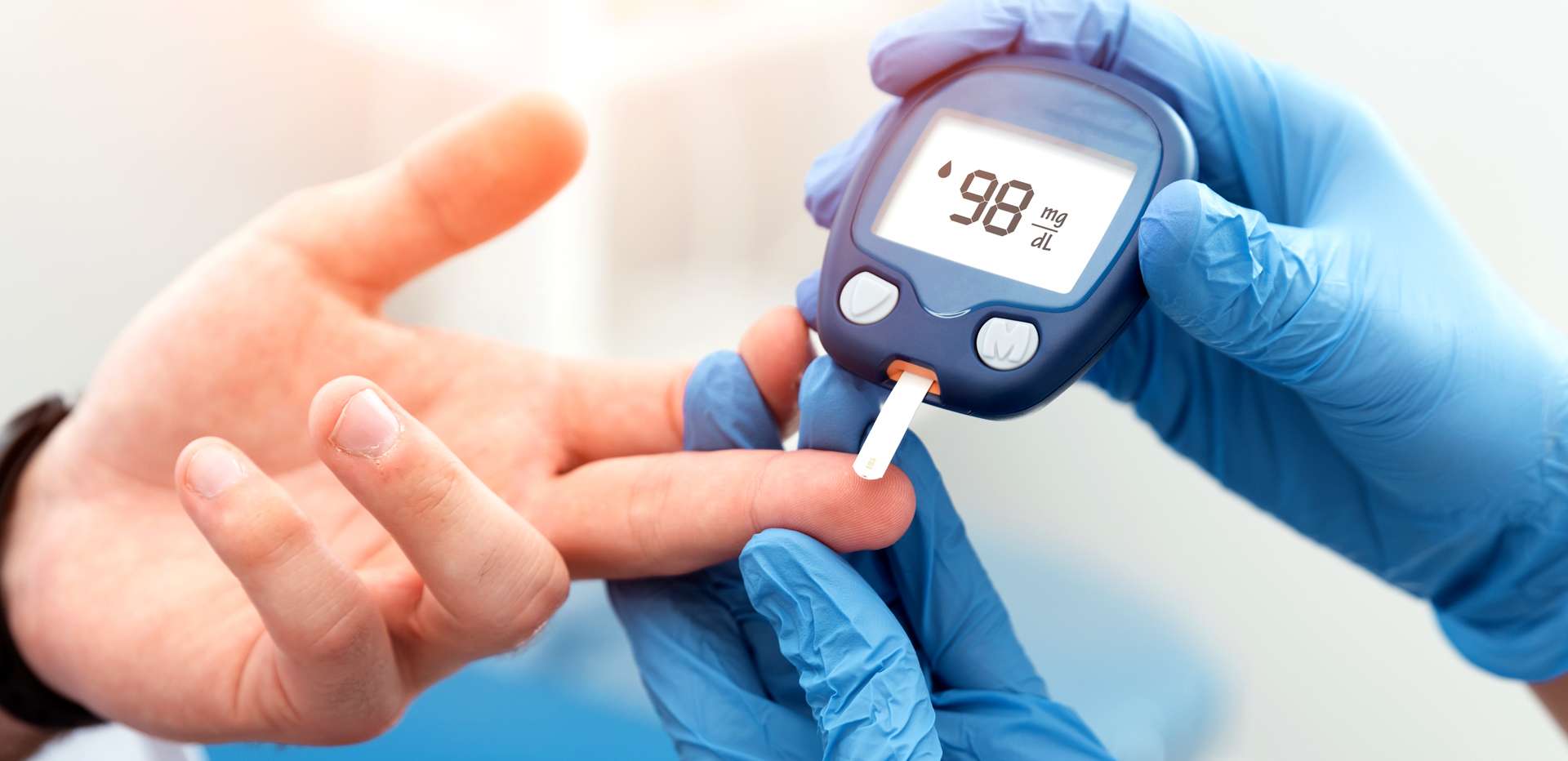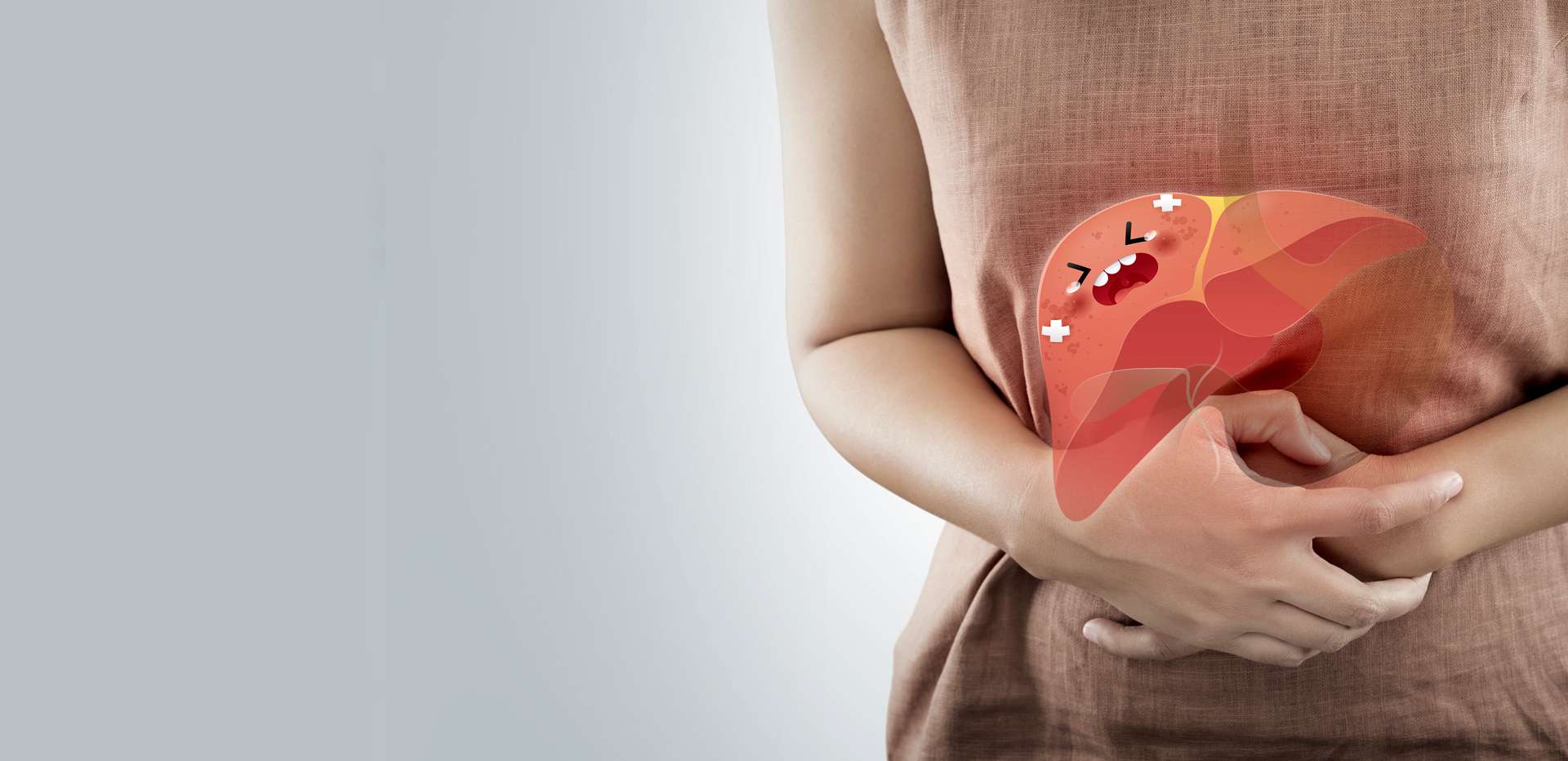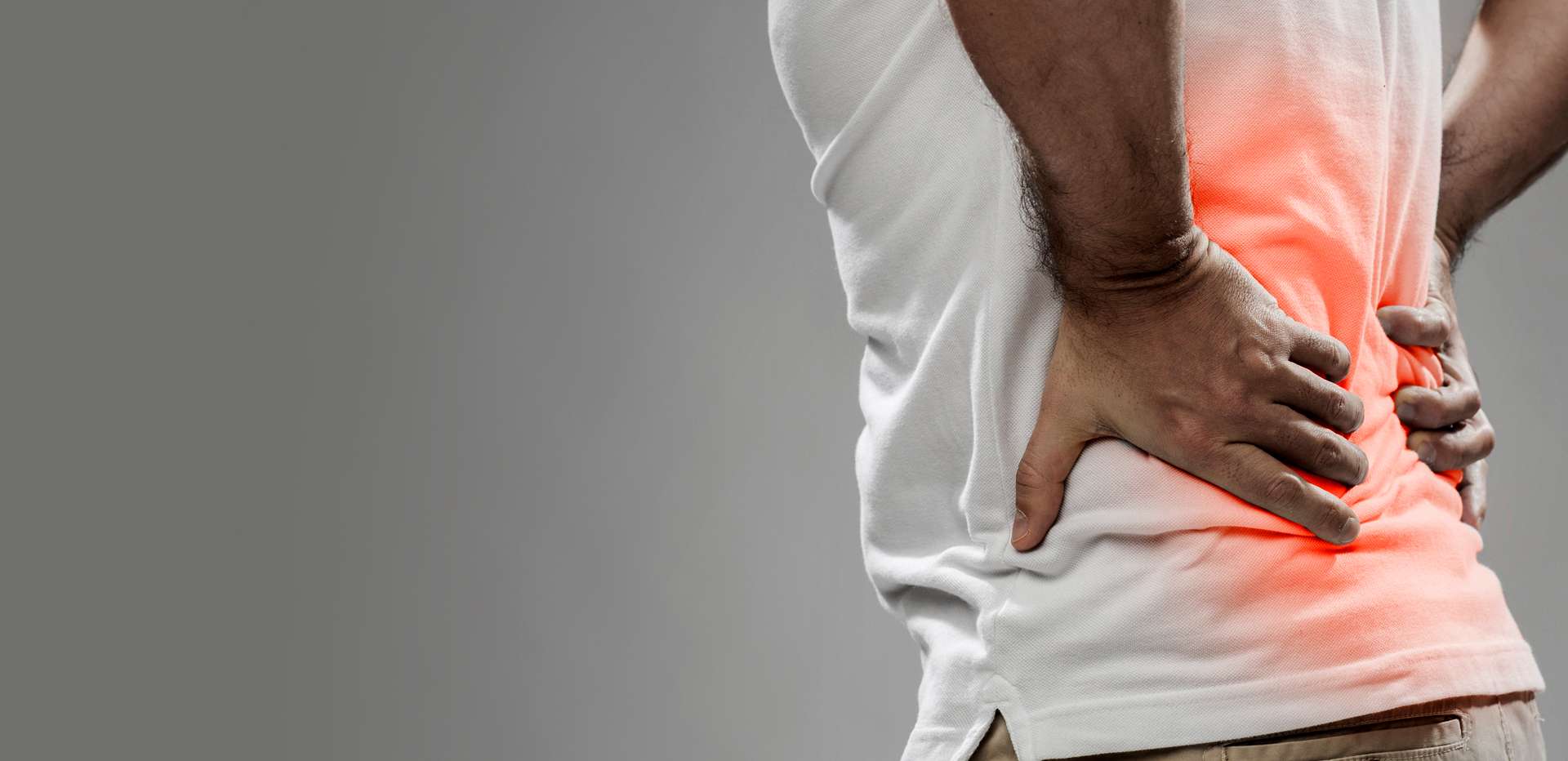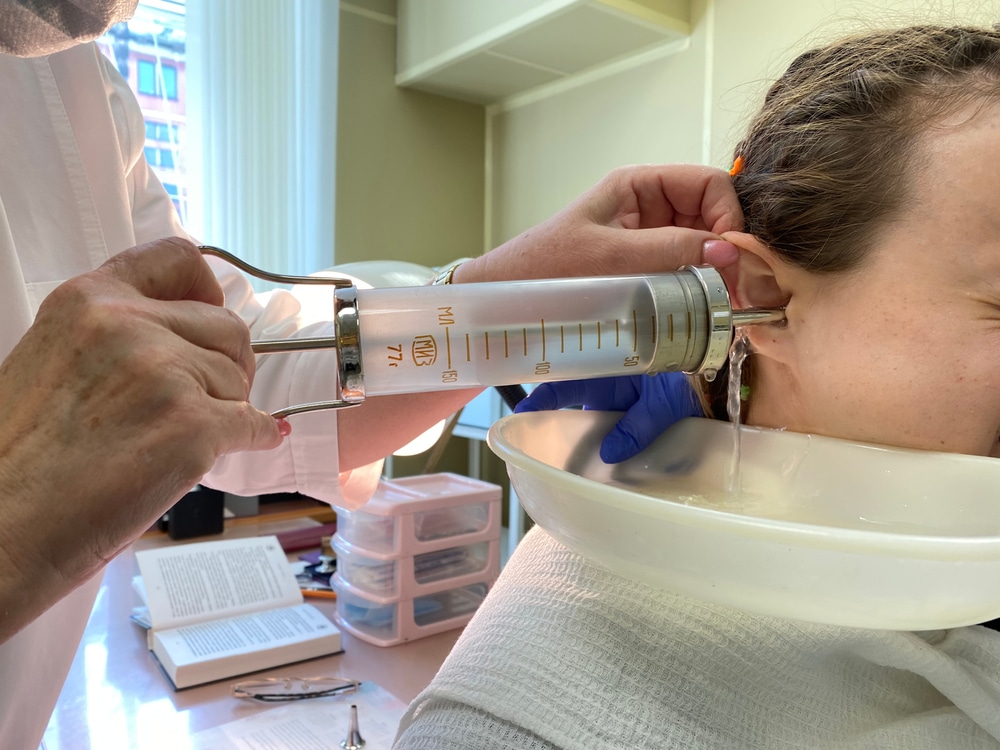Ear wax is formed in the outer ear canal and is a natural wax produced by the ears as a defensive layer. As it is made, the wax slowly moves from the outer ear canal to the opening of the ear. There are lots of different types of ear wax removal including ear syringing and ear micro-suction. There are benefits of ear micro-suction compared to traditional ear syringing. To find out more, contact Touchwood Pharmacy.
How to manage ear wax build-up
Too much ear wax can cause muffled hearing. Some people only need to remove ear wax occasionally whereas others need regular appointments to keep their ears clear.
Removing ear wax too frequently is not beneficial for your ears as the wax is there as a natural defense against dirt, dust, and bacteria. The ear wax is protective and also keeps the inner passageways moisturized and prevents them from becoming dry and itchy. Ears are designed to be self-cleaning.
Keeping your ears clean should be enough to remove unwanted ear wax at home. There are products available from your pharmacist called wax softeners and ear irrigation kits which can help prevent a build-up of ear wax.
Doctors and pharmacists always recommend that you should avoid putting objects into your ears like Q-tips as this can actually push the wax further in and cause long-term damage.
If you are still struggling with ear wax build-up then it is important to check that this is not being caused by any other conditions such as a simple cold or an ear infection before you attempt to deal with the problem.
Impacted ear wax
Ear wax which has been present for a long time can become impacted particularly in older people. This can lead to hearing loss or interference, dizziness, earache, and itching. Always take professional advice about ear wax removal. A healthcare professional can advise you on which method is most suitable for you.
Find out more about ear wax removal and the benefits of ear microsuction from Touchwood Pharmacy. Ear micro-suction can be safer than traditional ear syringing but whichever option you choose, it is important to have your ears and your hearing assessed first to make sure there are no other underlying health conditions.




